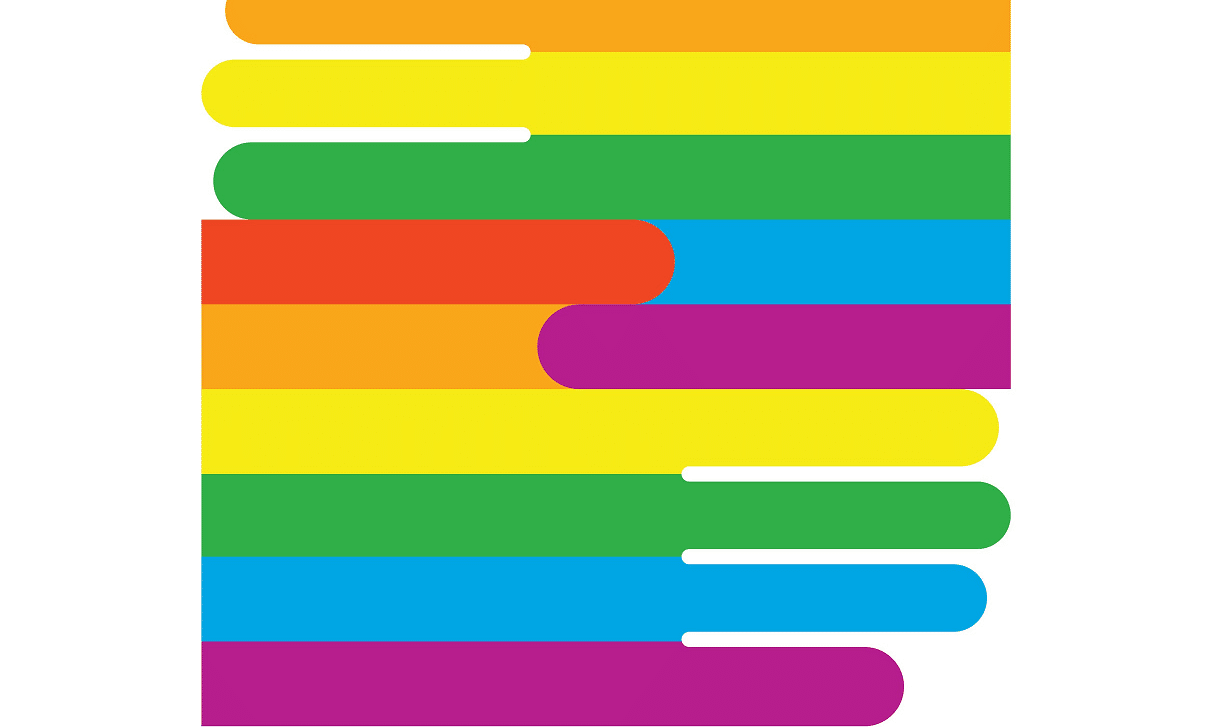Gay stereotypes have always been present. However, now it’s the time to challenge and discredit them. That’s why we will name a few and explain how they impact the everyday lives of gay men. By understanding these stereotypes, we can all be empowered to take a stand against these unjust and inaccurate portrayals. It’s up to us to make a change.
What are stereotypes
A stereotype is not just an inaccurate belief about a group based on their outward appearance. It’s a societal classification that can have profound effects. These simplified and biased beliefs about specific groups, such as those based on sex, gender identity, race, nationality, age, and more, are deeply embedded in social institutions and culture. They can lead to discrimination and justify hostility against entire social groups.
Note: If you don’t want to date flaky people, and you want to know how to spot them, you should read our article about flaky people.
Introduction of Gay Stereotypes
Gay men are often unfairly and inaccurately associated with heterosexual women by the heterocentric mainstream. Despite the clear distinction between gender expression, gender identity, and sexual orientation, they are unjustly stereotyped as effeminate. The stereotypes of ‘flaming queen’ and ‘show queen’ perpetuate this injustice. We must recognize and challenge these unjust gay stereotypes to promote understanding and acceptance.
Effects of Gay Stereotypes on Personal Development
Firstly, stereotype threat is the risk of confirming negative stereotypes about one’s group, leading to poor performance. Furthermore, these stereotypes are societal classifications based on age, gender, and occupation. While everyone uses them as mental shortcuts, they can limit people and influence how we perceive and treat others.
Appearance and mannerisms
Firstly, gay men are often associated with a feminine speaking tone. Additionally, people are viewing them as being interested in fashion and effeminacy. This perception is based on the relationship between gay men and fashion. Designers, such as Dolce & Gabbana, have used homoerotic imagery in advertising, leading to the stereotype that most gay men enjoy shopping.
Recent research by Cox and colleagues showed that ‘gaydar,’ a term often used as an alternate label for using stereotypes, particularly those related to appearance and mannerisms, to infer orientation, is a problematic concept. It suggests that one’s sexual orientation can be discerned from one’s appearance or behavior, reinforcing stereotypes and potentially leading to discrimination.
Sex and relationships
A 2007 study showed that gay men had similar numbers of unprotected sexual partners annually as straight men. Another study revealed that gay men faced social boundaries and stereotypes, making it difficult for them to form friendships based on spiritual connections. These stereotypes permeate society and impact those subjected to them.
Before the Stonewall riots in 1969, most LGBT people were private and closeted. The riots marked the beginning of the modern gay social movement. Festive and party-like social occasions remained at the core of organizing and fundraising in the gay community. In cities with large LGBT populations, benefits, and bar fundraisers are common, and alcohol companies heavily invest in LGBT-oriented marketing. It’s important to note that the gay community is diverse, and not all gay men fit the stereotype of excessive partying.
The relationship between gay men and female heterosexuals is often stereotyped, with portrayals of physical affection like kissing and touching. Despite the myth that gay men can’t maintain long-term monogamous relationships, research shows many are in sexually satisfying, monogamous relationships. In gay and lesbian relationships, traditional gender roles are less relevant, leading to more equal partnerships and shared household responsibilities, reducing conflicts based on gender stereotypes.
Sex and drugs
The term “party and play” (PNP) refers to a subculture of gay men who use recreational drugs and engage in sexual activities together, often involving methamphetamine, MDMA, and GHB. This behavior has been defined as an “epidemic” and a “plague” within the gay community. Research suggests that stigma toward gay men may contribute to elevated substance use.
Pedophilia and predation
Firstly, a general stereotype is that gay men are sexual predators or pedophiles. This perception can lead to an automatic response, resulting in the “gay panic defense,” often seen in straight men who fear being hit on by gay men. Thus, this fear can be a manifestation of homophobia.
More wrongly, the belief that a higher proportion of gay men are pedophiles or child sexual abusers contributes to discrimination against gay teachers. However, statistical figures show that most male child sexual abusers, including those who target boys, are heterosexual and usually married with children of their own. Research on child sexual abuse reveals that over 90% of instances are perpetrated by heterosexual males raping underage females.
The conclusion of the Gay Stereotypes
We’re all just people, masculine or feminine or somewhere in between. Each of us is beautifully complex and uniquely us. So, let’s celebrate that, shall we? Let’s celebrate the individuality and diversity that makes us all unique and valuable.
Take a look at
References and sources:
Photo credits:
Feature photo: ©iStock




